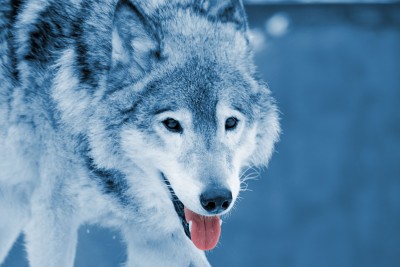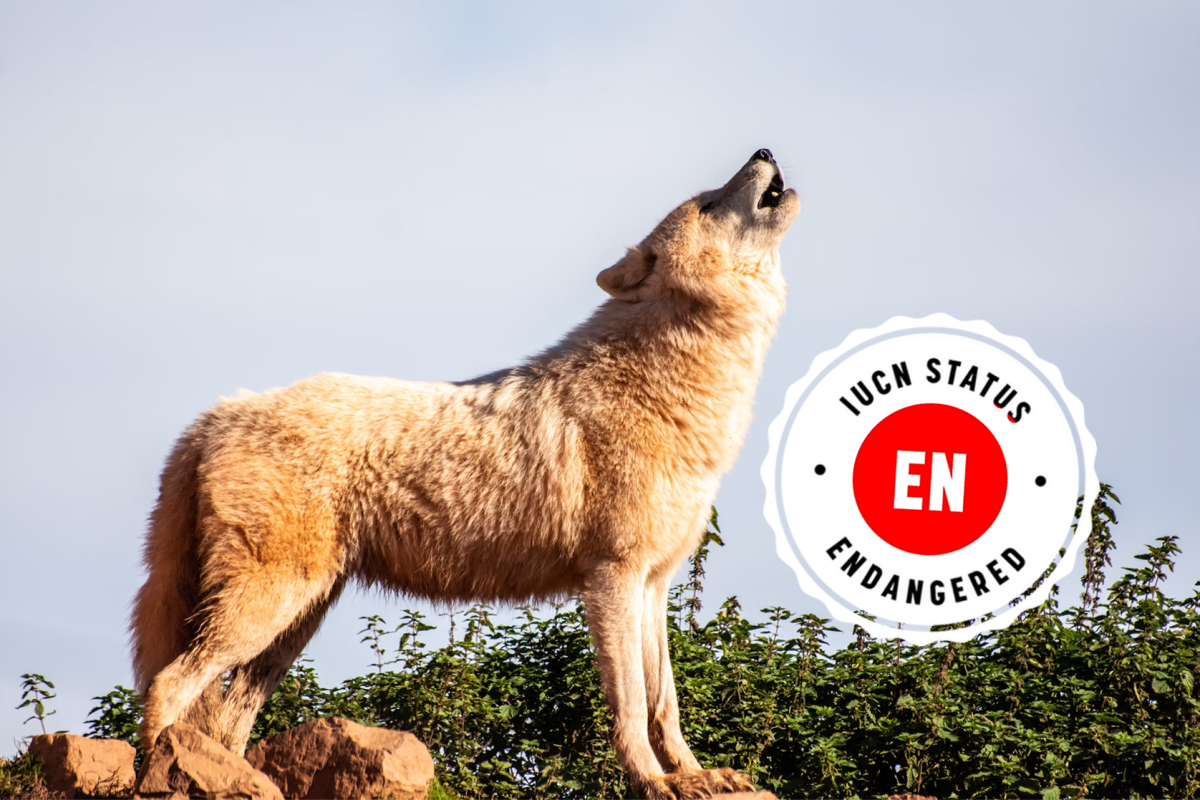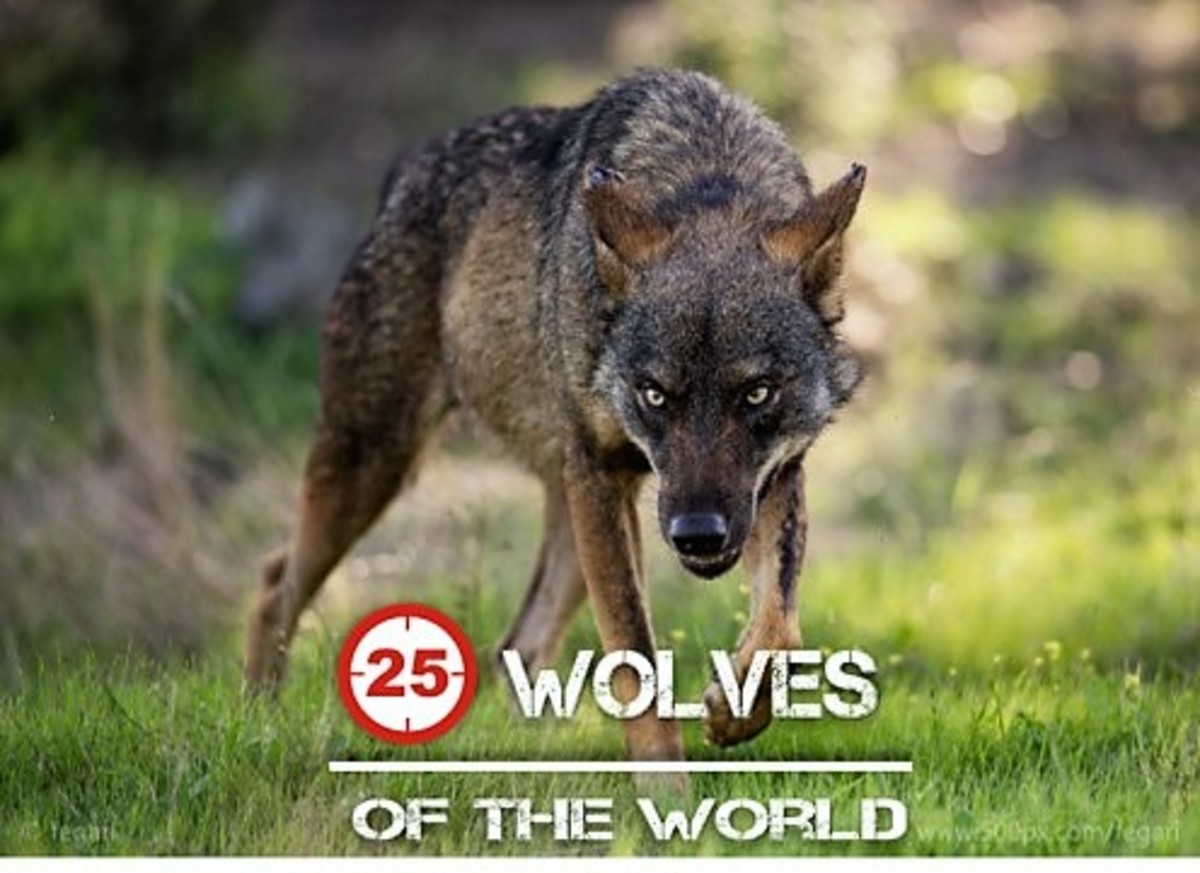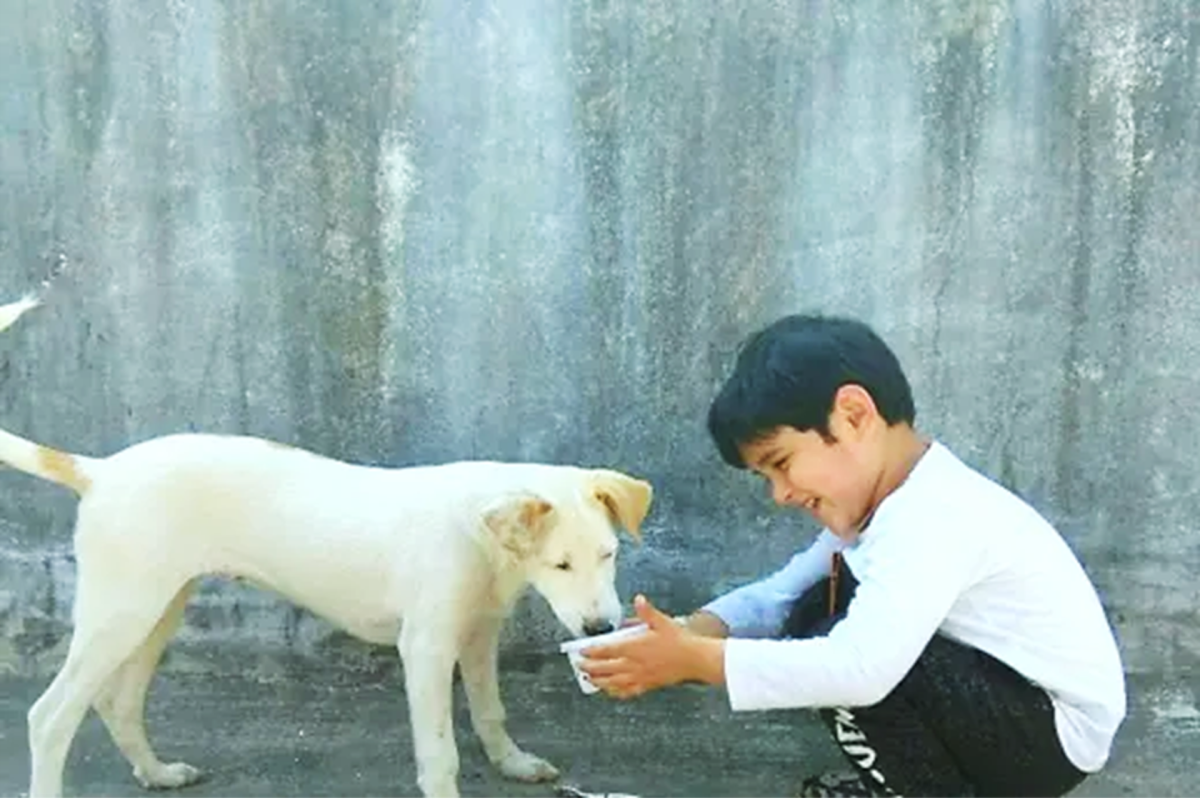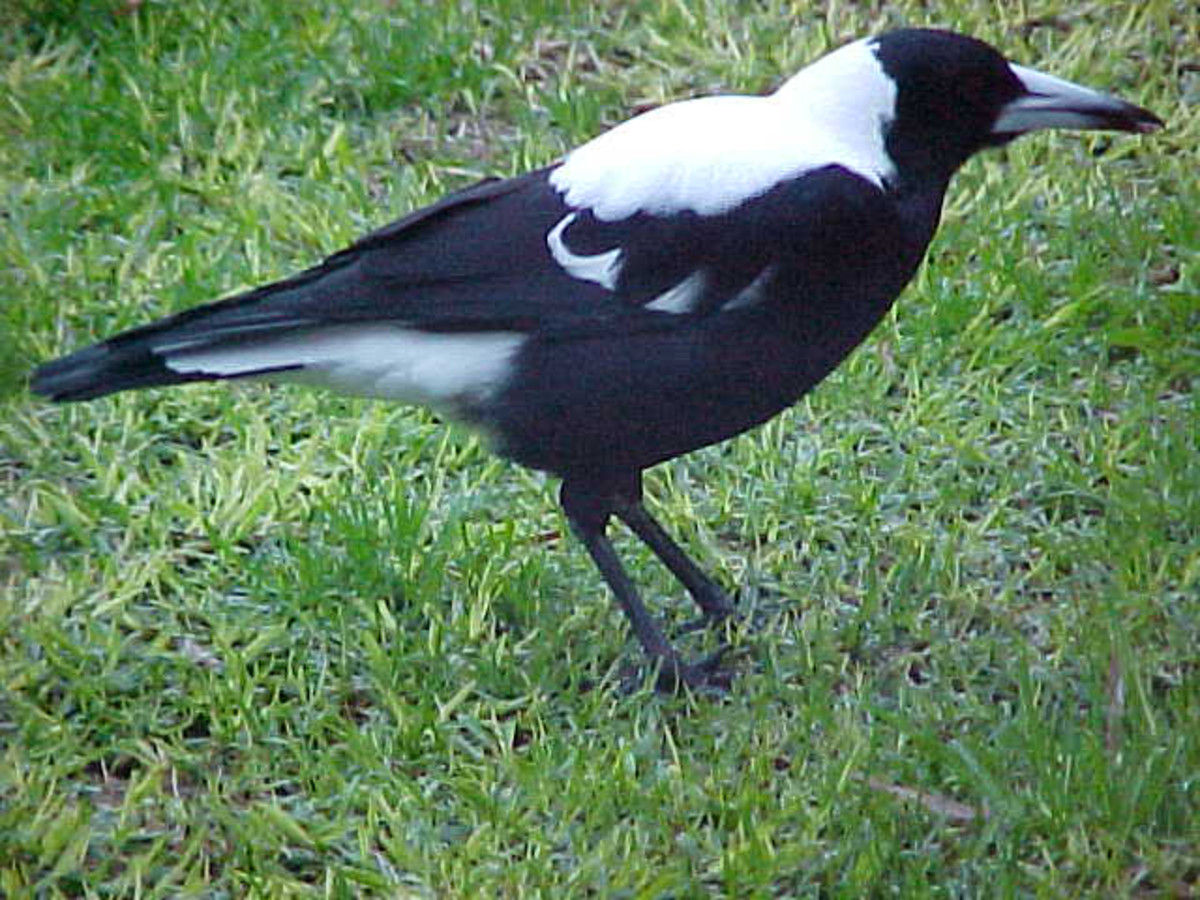Gray Wolf Habitat and Behavior
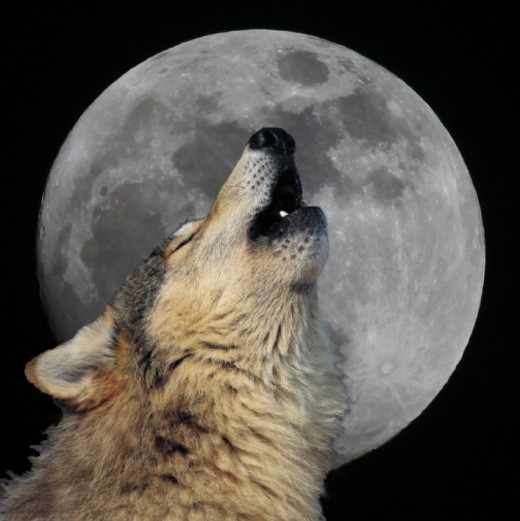
Gray Wolf Habitat across the Globe
Gray wolves, sometimes also called timber wolves, are not as common as they once were. Once upon a time gray wolves roamed all across Europe, Asia, and the North American continent (perhaps more than 2 million gray wolves). Today, gray wolves are nearly extinct in Western Europe. There are small populations of gray wolf habitat in Scandinavia, Spain, Italy, and Eastern Poland. But most gray wolves live in Eastern Europe, Northern Asia, and Northern North America (fewer than 200,000).
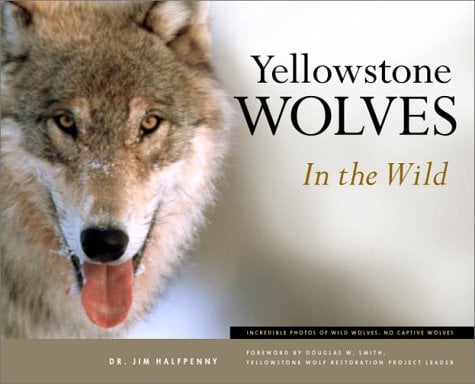
Gray Wolf Habitat in the US
In North America, the gray wolf habitat has diminished to Canada and Alaska with only a few gray wolves in the continental US. Canada has over 50,000 gray wolves and are considered as hunting game throughout most of the country. Alaska, which also considers wolves as game, may have more than 10,000 gray wolves. There is a very small gray wolf habitat in the Great Lakes area of Wisconsin, Northern Minnesota, and upper Michigan. And the Rocky Mountain regions of Wyoming, Montana, Oregon, and Idaho sport a few gray wolves. Perhaps the most well-known gray wolf habitat is in Yellowstone National Park. However, less than 100 gray wolves live there (as reported by Yellowstone National Park in 2009).
Gray wolves of Yellowstone
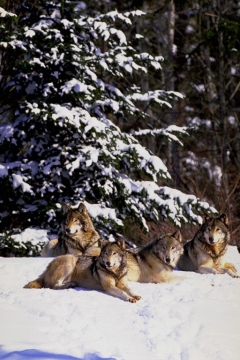
Type and Size of the Gray Wolf Habitat
A gray wolf habitat varies in size and type. In harsh areas such as the icy tundra or hot dry plains, the gray wolf habitat range is rather large – up to 1,000 square miles. In areas where there is more prey, such as forested areas, the gray wolf habitat is smaller – as small as 20 square miles. The pack size of gray wolves may also be affected by the habitat. The more prey that is available, the larger the pack. Likewise, the less prey available, the smaller the pack of gray wolves tend to be. As few as three gray wolves can be considered a pack but a pack can also be more than 20 gray wolves. As many as 30 gray wolves in a pack have been reported. However, the average pack size is 4-9 adult gray wolves.
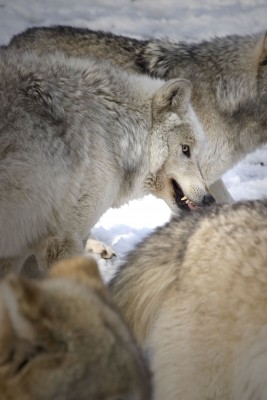
Wolf Behavior
What is it about gray wolves that fascinate us? Is it because we associate them with the wild version of dogs? Some behaviors of dogs are reminiscent of wolf behavior. Is it because we are fascinated with their hunting prowess? When tracking down large prey, gray wolves work as a coordinated unit. Different hunting tactics are used depending on size and type of prey as well as the terrain. Or is it because the wolf behavior of the pack resembles our own family units? A pack of gray wolves consists of a breeding pair (mother and father) with the subordinates being cousins, siblings, or offspring.
Pack of gray wolves take down a buffalo (caution - may be graphic).
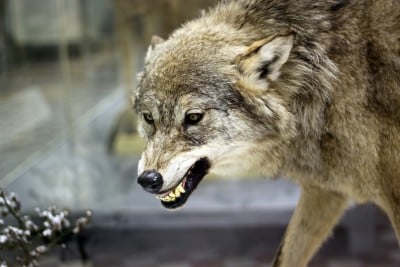
Breeding Information on Wolf Behavior
Female gray wolves come into season once per year – as early as December in warmer regions and as late as March in colder areas. The wolf behavior of the pack gets tumultuous during this 5- 7 day period. The alpha female aggressively drives the subordinate females away while the alpha male does he same with the male subordinates. While it is generally the alpha female and alpha male gray wolves which mate, this is not always the case. The alpha male or female may choose to mate with a subordinate or two subordinate gray wolves that had been temporarily driven away may mate.
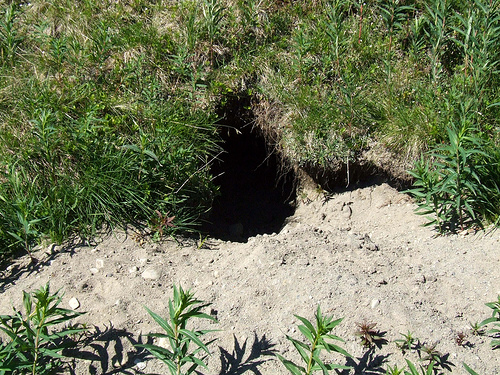
Wolf Behavior after Mating
About six weeks after conception, the gray wolves begin preparation of the den. A den can be a hollow dug out of the ground, a cave, or other dark concealed enclosure. Often, gray wolves will use the same den year after year. Just before giving birth, which is about 62-63 days after conception, the pregnant wolf retires to her den. During a period of about 3 hours, the wolf delivers 4-7 pups.
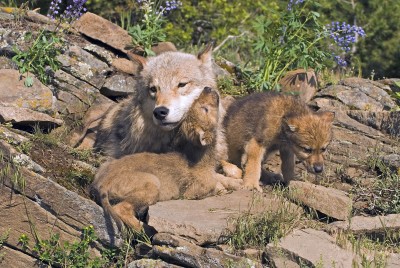
Gray Wolves and the Wolf Pups
The wolf pups are born blind and helpless. The mother wolf stays in her den to nurse the pups. She seldom, if ever, leaves the den in the first few weeks so the other gray wolves in the pack bring her food. The wolf pups, born with blue eyes, can see, hear, walk, and growl after about 3 weeks. Weaning begins and the wolf pups are fed milk as well as food regurgitated by other members of the pack. By 8 weeks, the wolf pups are fully weaned. The gray wolves abandon the den and move to a more open area where the wolf pups can continue to develop and grow.
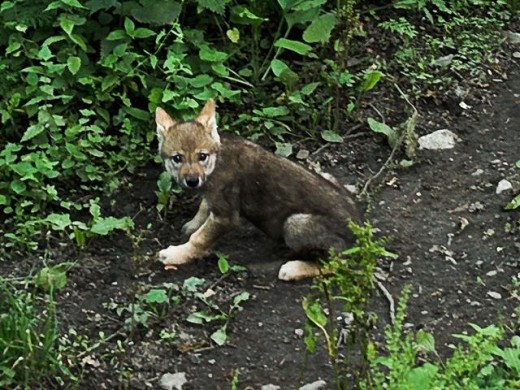
The entire pack cares for the wolf pups. It is generally left to the lowest level wolves to care for the pups while the stronger wolves go out to hunt. When the gray wolves return from the hunt, the pups nip and lick the faces of the adults to stimulate regurgitation so that they can eat. Play time for the pups helps them to learn hunting and fighting skills. The pups play with one another as well as with the adults. Even the alpha gray wolves are known to play with the wolf pups from time to time.
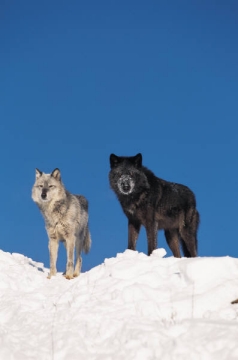
In the fall, the wolf pups learn to hunt by joining the adult gray wolves and watching as they take down prey. Soon they are allowed to help hunt. And after about one year of age, the wolf pups have learned the skills needed to either strike out on their own or take their place amongst the pack.
